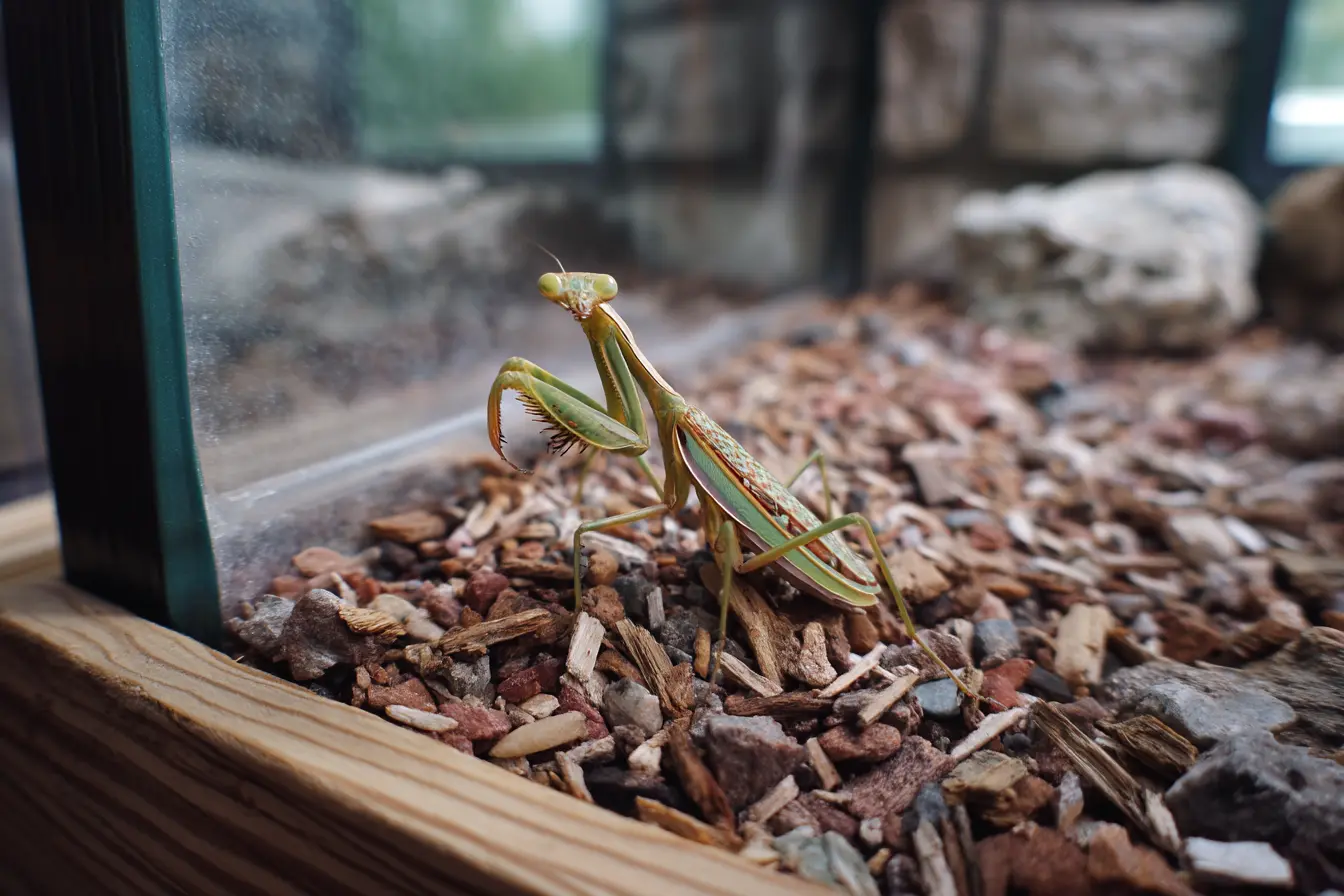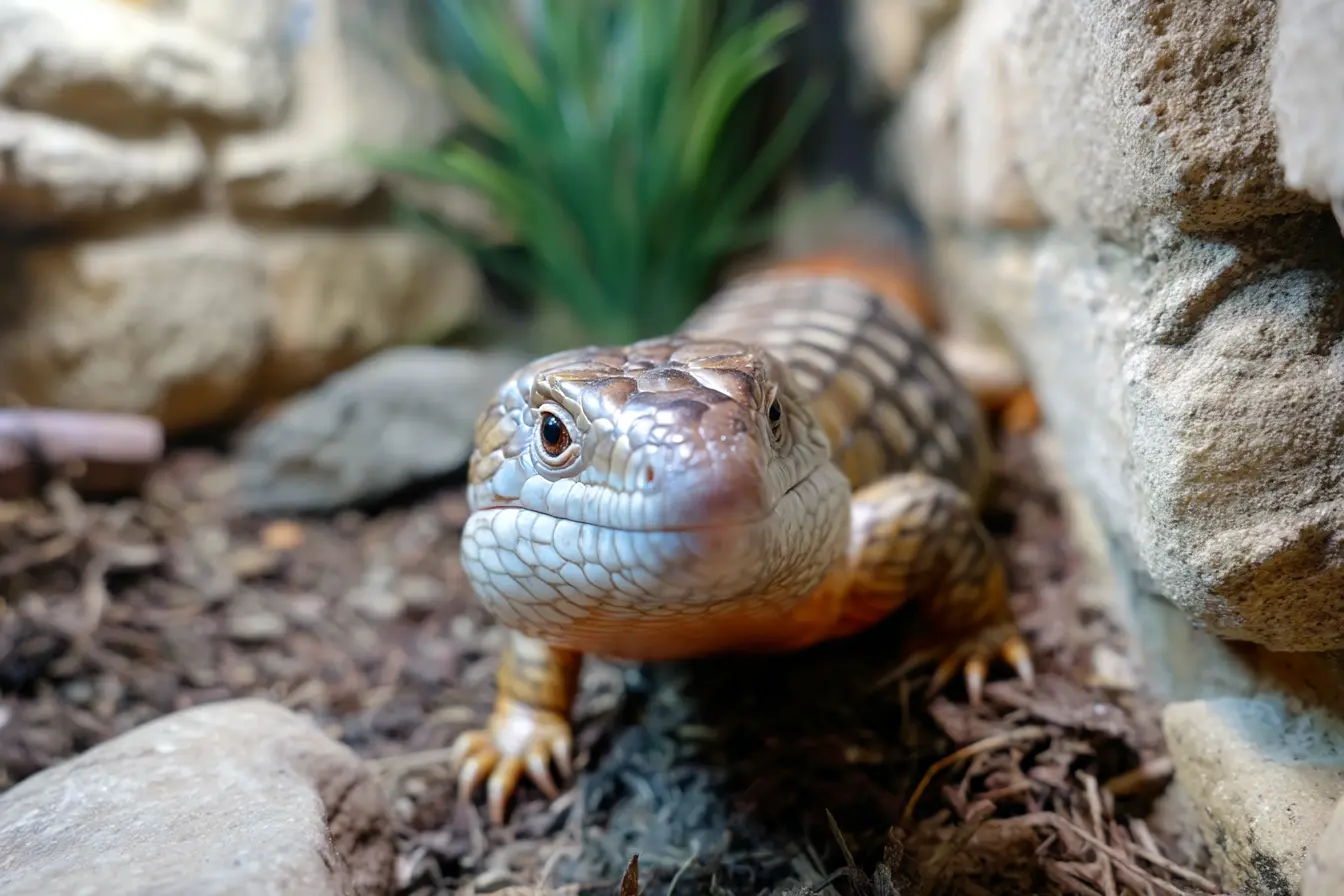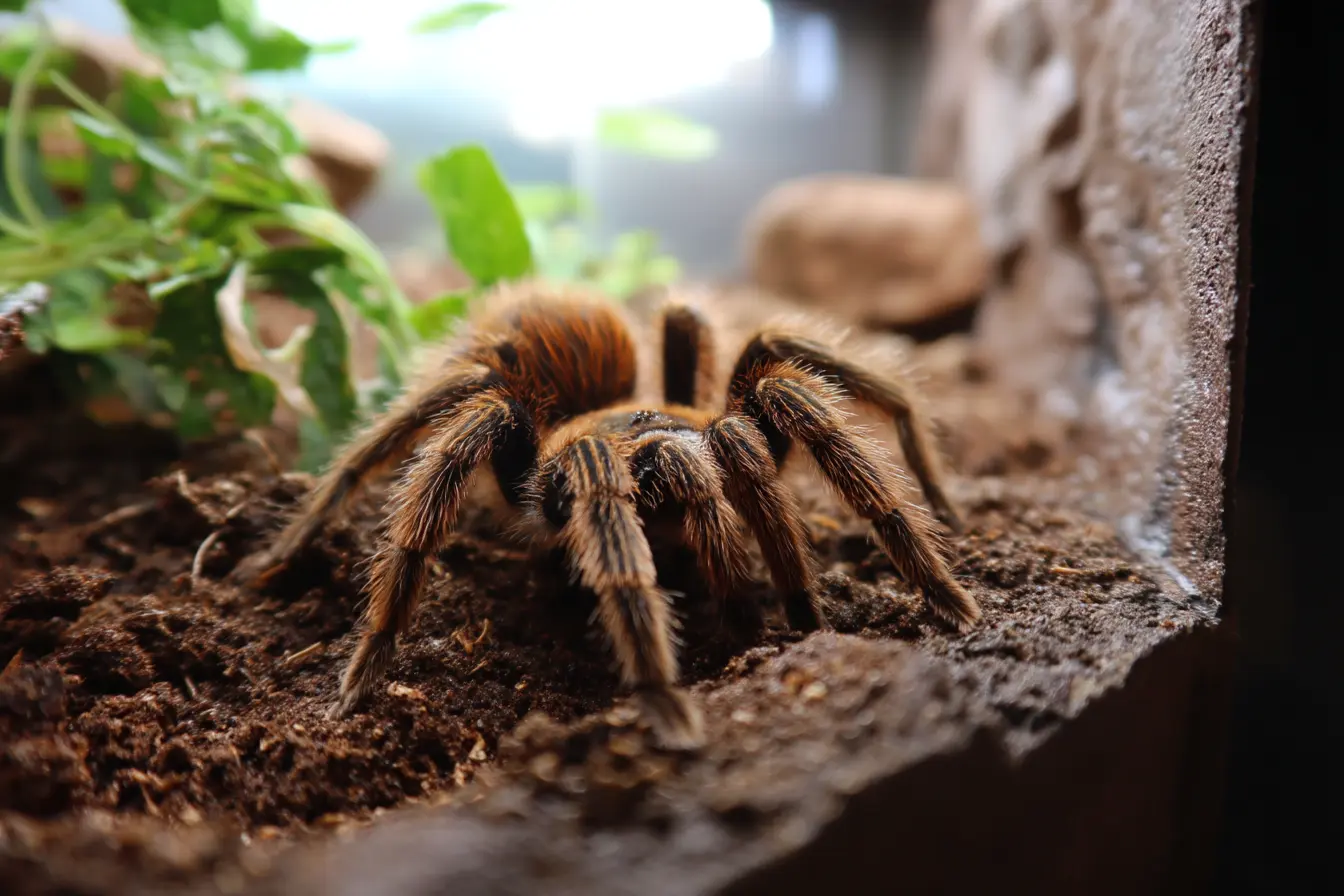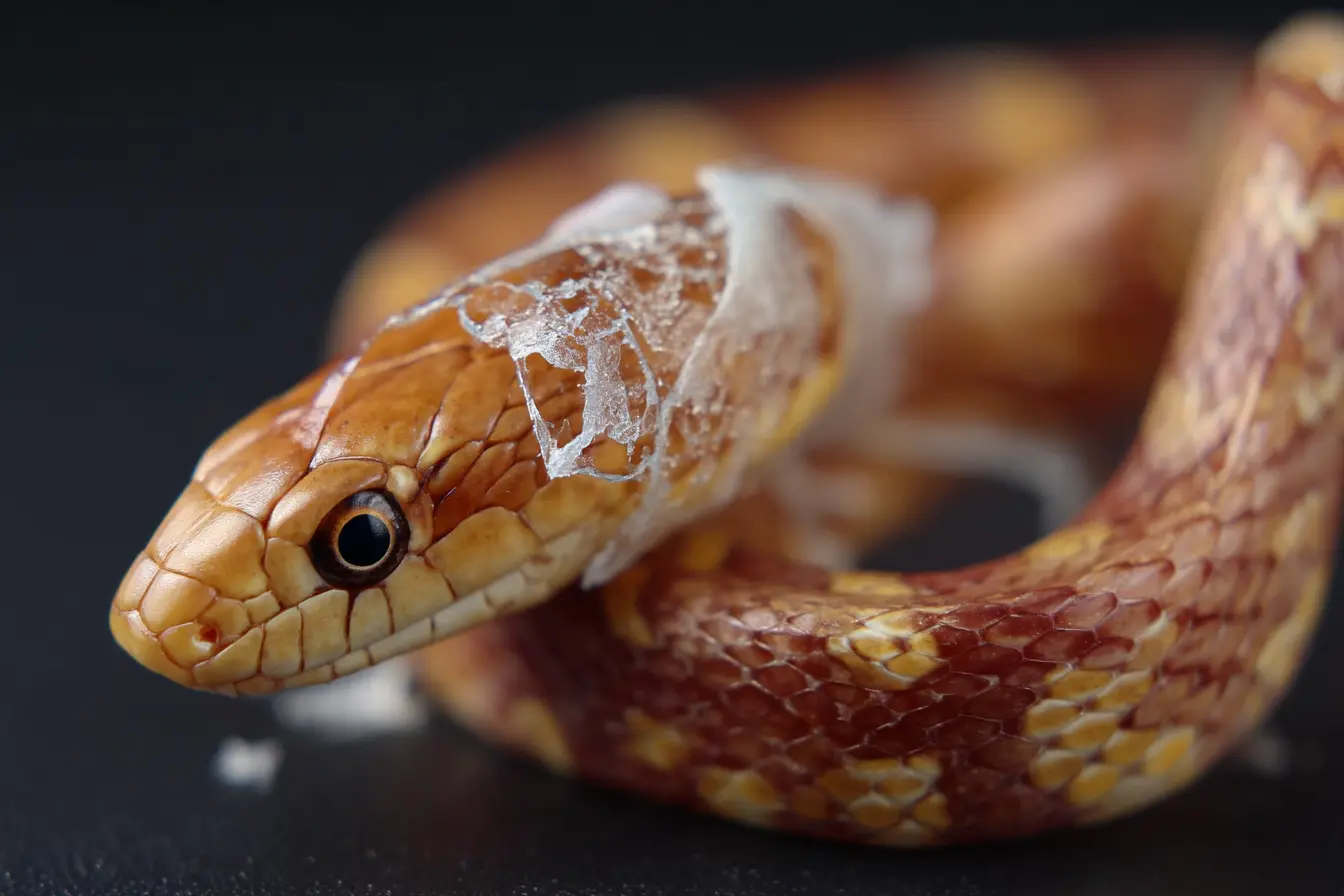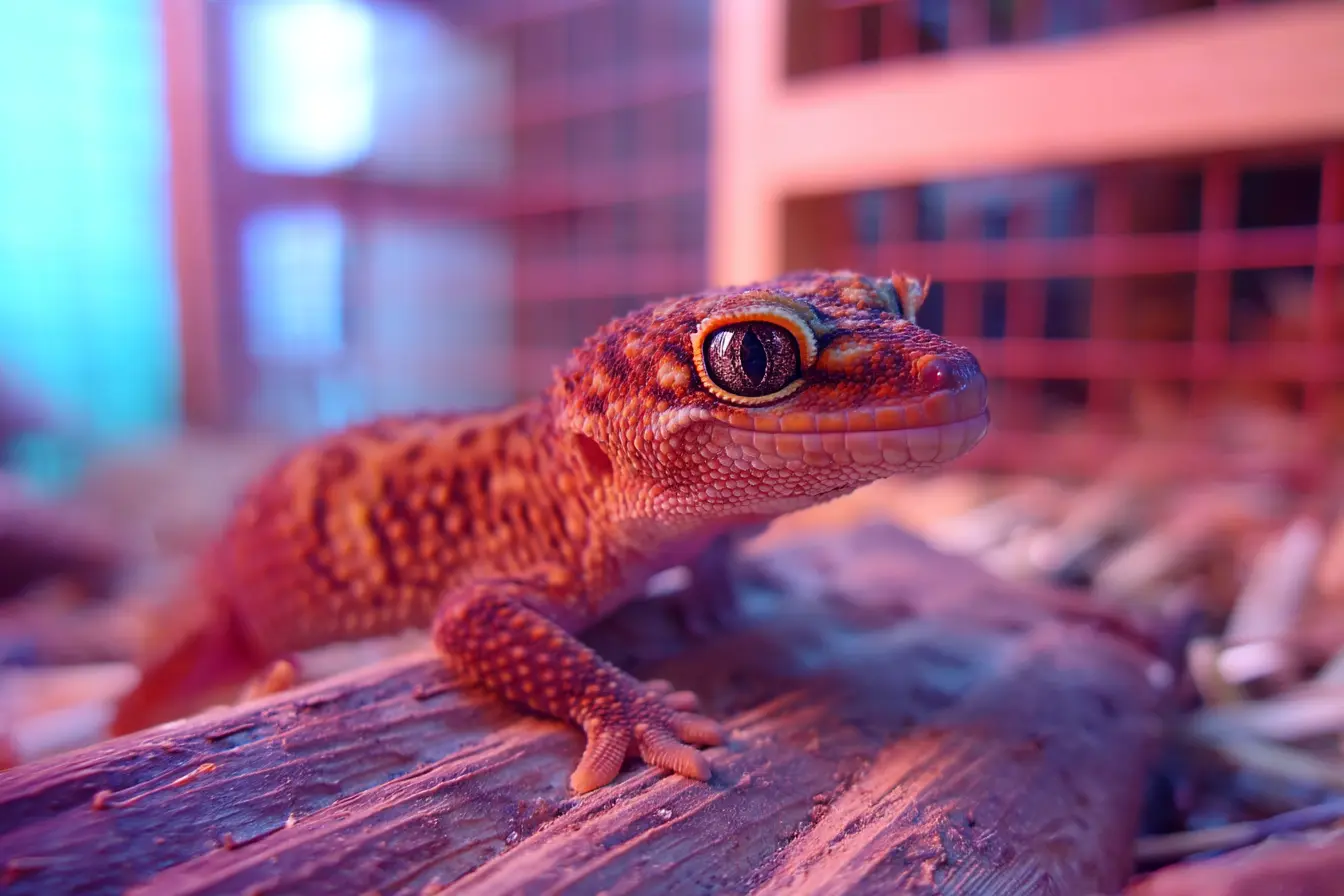
The Ultimate Guide to Leopard Gecko Care
Thinking about getting a leopard gecko? These charming reptiles are a popular choice for both beginner and experienced reptile keepers. Known for their distinctive spotted appearance and gentle temperament, leopard geckos (Eublepharis macularius) are low-maintenance compared to many other reptiles, but they still require proper care and attention.
In this guide, we’ll cover everything you need to know, from their natural behaviour and habitat setup to feeding, health care, and more.
What is a Leopard Gecko?
Leopard geckos are small, nocturnal lizards native to the arid regions of Afghanistan, Pakistan, and north-west India. Unlike other geckos, they have moveable eyelids and lack the sticky toe pads that allow many gecko species to climb vertical surfaces.
They typically grow to about 18–25 cm in length and can live for 15–20 years with proper care. Leopard geckos are known for their calm and docile nature, which makes them great pets for new reptile keepers.
Sourcing and Selecting a Leopard Gecko
Before getting a leopard gecko, it’s essential to choose a healthy animal from a reliable source.
Where to Buy
- Reputable Breeders: Breeders often have a wider selection of morphs (colour and pattern variations) and can provide detailed information on the animal’s genetics and care history.
- Specialist Reptile Shops: Many reputable reptile shops in the UK sell leopard geckos and offer advice on their care.
- Rescue Centres: Consider adopting a leopard gecko from a reptile rescue. Many geckos need new homes due to their previous owners being unprepared.
Avoid purchasing from unverified online sources or pet shops that do not specialise in reptiles, as the geckos may be unhealthy or improperly cared for.
What to Look For
When selecting a leopard gecko, look for these signs of good health:
- Clear Eyes and Nostrils: No discharge or cloudiness.
- Plump Tail: Leopard geckos store fat in their tails, so a healthy gecko will have a thick, well-rounded tail.
- Smooth Skin: No signs of shedding problems, cuts, or abrasions.
- Active and Alert Behaviour: Healthy geckos are curious and responsive.
Setting Up the Ideal Habitat
Creating the right environment is critical for your leopard gecko’s health and well-being.
Enclosure Size
The minimum recommended size for an adult leopard gecko is a 60 cm (L) x 30 cm (W) x 30 cm (H) terrarium. Larger enclosures are always better, especially if you plan to house more than one gecko (females can cohabitate if there is enough space).
Substrate
Choose a safe substrate to prevent impaction (blockage caused by ingesting substrate):
- Paper towels (great for juveniles)
- Reptile carpet
- Slate tiles
Avoid loose substrates like sand or calcium-based bedding, as these can cause serious health issues if swallowed.
Heating and Lighting
Leopard geckos are cold-blooded and require external heat sources to regulate their body temperature.
- Basking spot: 28–32°C
- Cool side: 22–25°C at night
Use a heat mat connected to a thermostat to maintain the temperature, as leopard geckos absorb heat from their belly. A light cycle of 12 hours on and 12 hours off mimics their natural environment. UVB light isn’t essential but can offer health benefits, especially for long-term well-being.
Hides and Enrichment
Leopard geckos need at least three hides:
- Warm hide: Positioned on the basking side for thermoregulation.
- Cool hide: On the cooler side of the tank.
- Moist hide: Helps with shedding. Place damp sphagnum moss or paper towels inside.
Decorate the enclosure with rocks, branches, and artificial plants to create an enriching environment.
Diet and Nutrition
Leopard geckos are insectivores, meaning their diet consists entirely of insects.
Staple Foods
- Crickets
- Dubia roaches
- Mealworms
Occasional treats include waxworms and silkworms, but these should be limited due to their high fat content.
Supplementation
To prevent nutritional deficiencies, dust their food with:
- Calcium powder with D3: 2–3 times a week.
- Multivitamin supplement: Once a week.
Always provide fresh water in a shallow dish.
Handling and Behaviour
Leopard geckos are generally docile and enjoy interaction once they become accustomed to their owner. To ensure a positive experience:
- Handle them gently and support their entire body.
- Avoid sudden movements.
- Wash your hands before and after handling to avoid spreading bacteria.
Leopard geckos can drop their tails as a defence mechanism, so always handle them carefully.
Common Health Issues
Even with the best care, leopard geckos can develop health problems. Knowing the signs early can make a significant difference.
Metabolic Bone Disease (MBD)
Caused by calcium deficiency and lack of UVB exposure. Symptoms include lethargy, soft or deformed bones, and difficulty moving.
Impaction
Occurs when a gecko swallows substrate or large, hard-to-digest food items. Signs include lack of appetite and difficulty passing stool.
Shedding Problems
Leopard geckos shed regularly, but retained skin around the toes can cause circulation issues. Provide a moist hide to help with shedding.
Respiratory Infections
Symptoms include wheezing, mucus around the nostrils, and open-mouth breathing. Often caused by incorrect temperatures or high humidity.
If you notice any signs of illness, consult a reptile vet immediately.
Specialist Vet Care
Leopard geckos do not need vaccinations, but they benefit from routine health checks with a reptile-specialist vet.
Routine Health Checks
An annual vet visit can help catch issues early. This includes a physical examination and a faecal test to check for parasites.
Emergency Situations
Seek immediate veterinary attention if your gecko shows signs of:
- Severe weight loss
- Lethargy or refusal to eat for more than a few days
- Visible injuries or wounds
- Difficulty breathing or persistent wheezing
Care and Maintenance
Proper maintenance is essential to keep your gecko healthy and its environment clean.
Daily Tasks
- Check temperatures and ensure water is available.
- Remove uneaten insects and clean the water dish.
Weekly Tasks
- Spot-clean the enclosure, removing waste and soiled substrate.
- Disinfect hides and decorations as needed.
Monthly Tasks
- Deep-clean the entire terrarium and replace the substrate.
- Replace UVB bulbs every six months if you use them.
Final Thoughts
Leopard geckos are delightful pets that can thrive in captivity with the right care. They’re easy to handle, relatively low-maintenance, and full of personality. However, like any pet, they require a long-term commitment and a suitable environment to stay healthy and happy.
By following this guide, you’ll be well-prepared to give your leopard gecko a wonderful life.
Vets near you
Speciality vets
- Aquatics vet specialists
- Birds vet specialists
- Camelids vet specialists
- Cats vet specialists
- Cattle vet specialists
- Deer vet specialists
- Dogs vet specialists
- Equines vet specialists
- Exotic vet specialists
- Goats vet specialists
- Pigs vet specialists
- Poultry vet specialists
- Sheep vet specialists
- Small Mammals vet specialists
- Wild vet specialists
